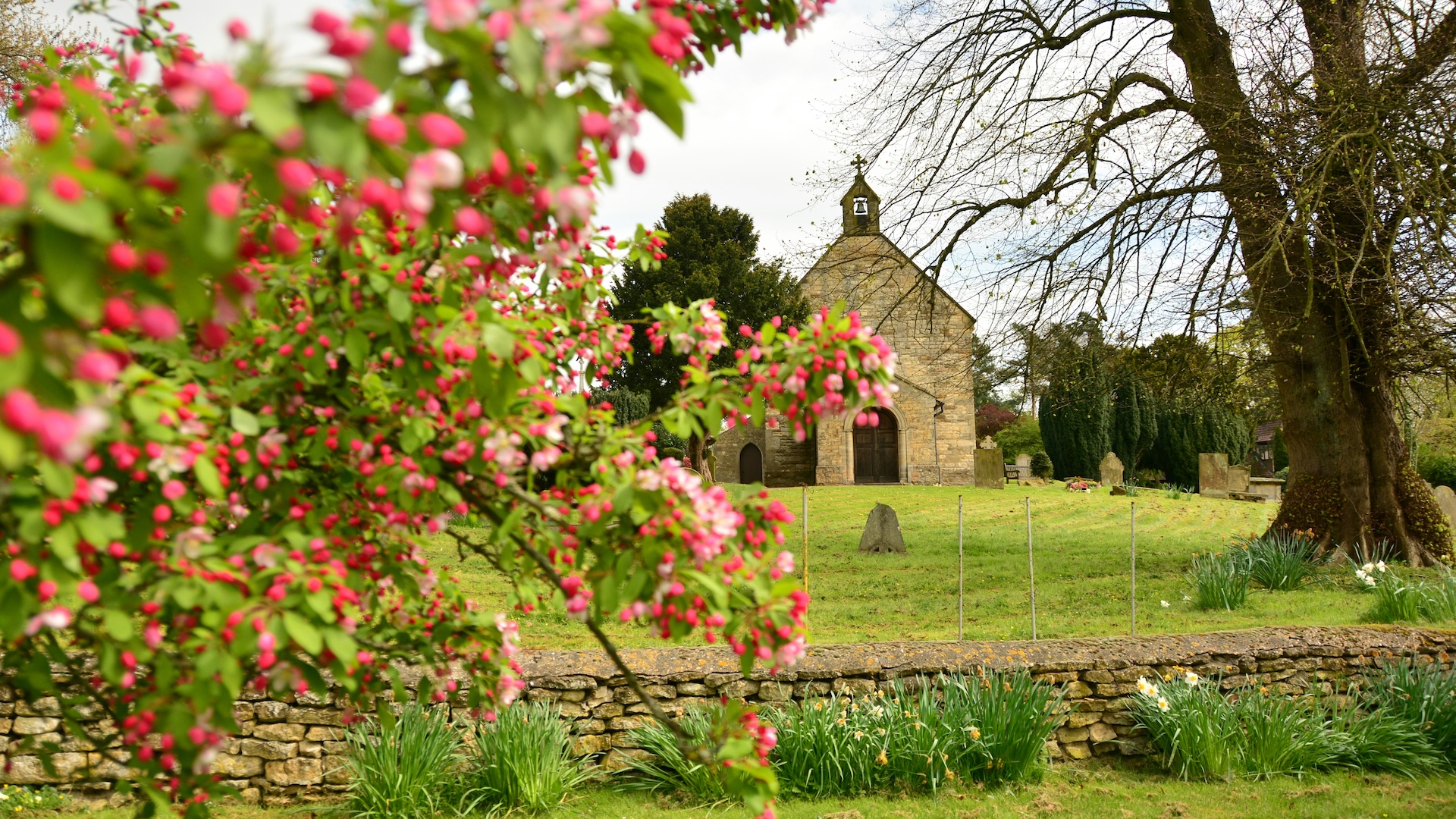I have often been asked what I consider the greatest weakness of today’s church or what I would change about today’s church if I could. Such questions make for good discussion at a conference Q&A session but they are also pretty much impossible to answer in a compelling way. It’s not like any of us has the right to speak for much more than our own little congregation. It’s not like any of us has a broad enough knowledge to understand the whole church. And it’s not like any one of us has the ability to swing the rudder of Christendom and cause it to change its course.
Yet with all that said, there is one thing churches used to do that they no longer do, and I often wish we could recover it. So, if I could change anything about the modern church, perhaps it would be this: I would return the graveyard to the churchyard.
It used to be customary for churches to have a graveyard. If you visit older church buildings in Europe and North America, there is a pretty good chance they are either fully surrounded by graves or have a portion of their property dedicated to them. The people who once worshipped inside are now buried outside. In this way, there was an ongoing link between the saints triumphant and the saints militant, the congregants in heaven and the congregants on earth.
There are good reasons, I’m sure, that cemeteries became untethered from churches. Churches faded in their cultural importance as church attendance decreased. Cities pressed in and land became both scarce and expensive. And then, at least in my part of the world, funerals and burials passed from the jurisdiction of churches to the jurisdiction of specialized businesses. When we bury our loved ones today, it is more likely we are purchasing a plot of land from a corporation than a congregation. Yet I wish it was not so.
Imagine this. Imagine that as you arrived at church to worship God on a Sunday morning, you first walked past the graves of friends who had served the church faithfully before going to their rest. Imagine if over there was the grave of a former pastor who had led you to Christ, baptized you, married you, and preached hundreds of sermons that instructed your mind and bolstered your faith. Imagine if over here was the grave shared by your parents and beyond it the grave of your husband or wife, or even the grave of your child. Imagine if there was an empty plot that was waiting for you, a spot in which you would be laid with your people—your family and your church.
How would it change your worship if you were constantly confronted with the reality of death in this way yet also comforted by the proximity and the nearness of those who had gone before? How would it change your understanding of the church if the living and the dead maintained such a close distance? How would it change the way you prepare your heart to worship and prepare yourself to die? Speaking personally, I think it would be deeply moving and spiritually comforting. It would be a blessing to worship where my people are buried and to be buried where my people worship.
I doubt there is any going back to the old ways of connecting the churchyard and graveyard. Society has shifted and found new ways of doing things. This is not necessarily good or bad—it just is. But from where I sit today, if I had the power to wave my arms and change it, I would. And I can’t help but think the church would be better for it.










